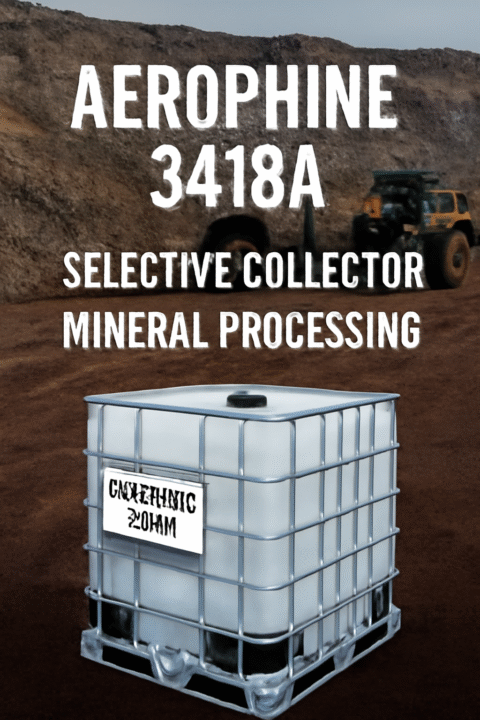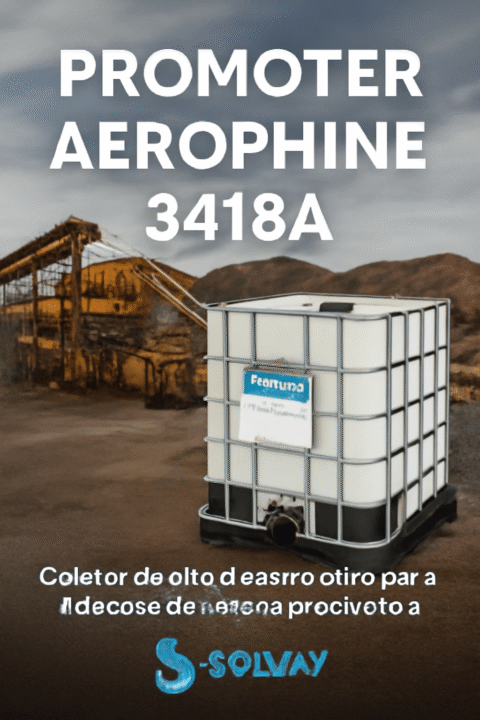
PAX (Potassium Amyl Xanthate) is a high-strength sulfide flotation collector delivering excellent recovery for copper, gold, zinc, and polymetallic ores, especially in rougher and oxidized flotation circuits.
✅ PAX (Potassium Amyl Xanthate)
PAX (Potassium Amyl Xanthate) is a strong and highly effective sulfide flotation collector widely used in copper, gold, zinc, and polymetallic ore processing.
As one of the most powerful xanthate collectors, PAX delivers high collecting strength and rapid mineral adsorption, making it ideal for rougher flotation and ores requiring strong hydrophobicity.
Known for its ability to float moderately to highly oxidized sulfides, PAX is particularly effective in flotation of chalcopyrite, pyrite-associated gold ores, copper–gold deposits, and complex sulfide systems where weaker collectors such as SIPX or SIBX may be insufficient.
Engineered for demanding metallurgical environments, PAX provides:
• Very strong collecting power for sulfide flotation
• Enhanced gold and copper recovery, especially in refractory or oxidized ores
• Excellent performance on chalcopyrite, pyrite, and polymetallic sulfides
• Fast adsorption kinetics improving rougher stage performance
• Higher recovery in low-grade and transition ores
• Compatibility with other collectors to boost flotation response
• Cost-effective operation in high-tonnage circuits
PAX is widely applied in:
• copper and copper–gold flotation
• gold flotation where pyrite carries precious metals
• polymetallic sulfide ores
• zinc flotation after activation
• rougher & scavenger stages requiring strong performance
Z&Z supplies high-purity Potassium Amyl Xanthate (PAX) with consistent quality, safe packaging, and full export compliance for mining companies and flotation reagent distributors worldwide.
Packaging:
• 25 kg bags / drums
• 850–900 kg wooden boxes / steel drums
• Export pallet packaging
Documentation: COA, MSDS, Technical Data Sheet available upon request
PAX is widely used in gold and copper operations throughout Latin America, Africa, the Middle East, and Asia.




















 Dedicated to advancing animal and agricultural health, our mission is to deliver top-quality feed, supplements, livestock supplies, and agri-aqua chemicals tailored to meet the diverse needs of our clients.
Dedicated to advancing animal and agricultural health, our mission is to deliver top-quality feed, supplements, livestock supplies, and agri-aqua chemicals tailored to meet the diverse needs of our clients.